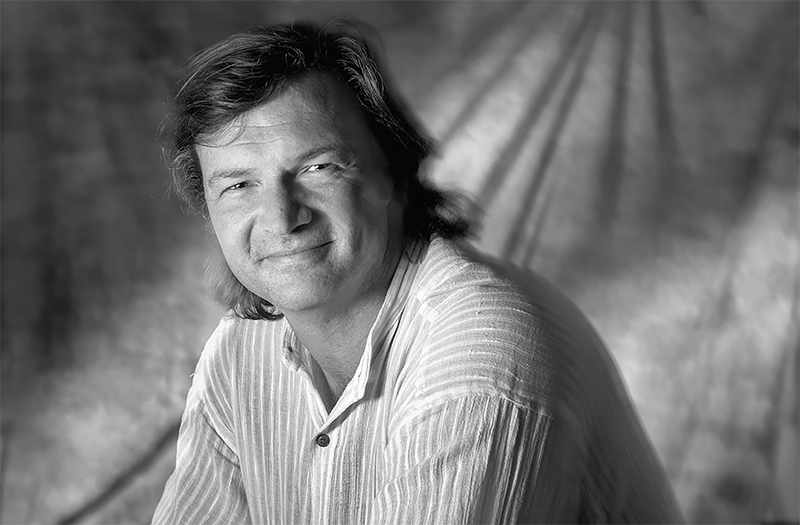Chris Rainier is a National Geographic Society EXPLORER and documentary photographer/filmmaker - who is highly respected for his documentation of endangered cultures and traditional languages around the globe. In 2002 he was awarded the Lowell Thomas Award by the Explorers Club for his efforts on cultural preservation, and in 2014 he was elected a Fellow of the Royal Geographic Society of London/UK -specializing in cultural preservation
He is the Director of The Cultural Sanctuaries Foundation - a global program focused on preserving Biodiversity and Traditional Cultural Knowledge.
During his continued tenure with the National Geographic Society he has been the co-founder and co-director of both the Enduring Voices Language Project and Director of the All Roads Photography Program, designed to support indigenous groups with modern technology desiring to document their traditional culture and create sustainable solutions to preserve the planet in the 21st Century. In addition as a NG Fellow he was an Editor for NG Traveler focused on documentation of traditional culture.
Rainier has completed photographic projects for the United Nations, UNESCO, Amnesty International, Conservation International, the Smithsonian Institution, Time Magazine, the New York Times, LIFE Magazine, and the National Geographic Society. Rainier has photographed global culture, conflict, famine, and war in such places as: Somalia, Sarajevo/Bosnia, Sudan, Ethiopia, Rwanda, Cambodia, and Iraq for TIME Magazine, - and for NPR Radio.
In the early 1980's Rainier was Ansel Adams last photographic assistant- during his tenure with the noted photographer- he worked with Mr. Adams to amplify the use of Art Photography as a social tool - helping to preserve threatened wilderness areas and National Parks. Rainier went on to collaborate with UNESCO and IUCN on a Global Project using photography to preserve endangered wilderness areas around the world.
Rainier's photography and books have been widely shown and collected by museums around the world, including the Australian Museum in Sydney, the Bibliothèque Nationale in Paris, the International Center of Photography in New York, the George Eastman House International Museum in Rochester, New York, The National Geographic Society, and the United Nations.
Selected Books on

